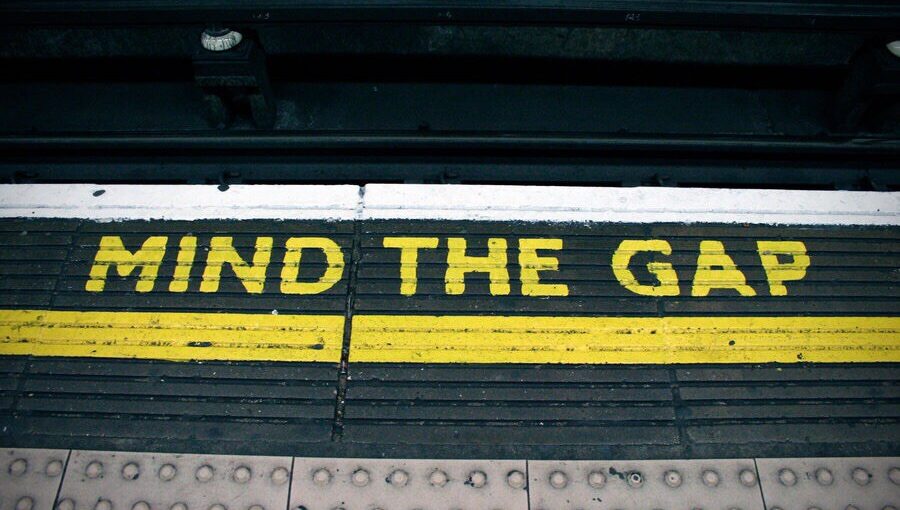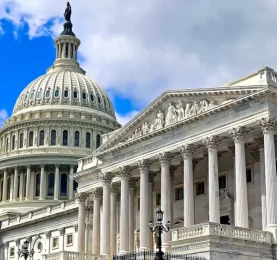Expected credit losses look low, but tail risks are lurking
While corporate bankruptcies have remained low throughout the pandemic, banks should be on guard for the risk that bankruptcies ultimately turn out higher than expected, new research suggests.
In a new staff working paper published by the Bank for International Settlements (BIS), researchers found that extraordinary policy support measures have kept corporate credit losses low during the pandemic, and forecasts expect them to remain low through 2024.
However, the paper said there are increased tail risks due to the build up in debt levels during the pandemic; so, while expected losses look to be low, the risk of more extreme, unexpected losses is higher.
“The breakdown of the historical relationship between economic activity and the concurrent incidence of bankruptcies — the ‘bankruptcy gap’ — is largely driven by the policy response to the pandemic,” the paper said.
A wide array of unprecedented fiscal and monetary policy measures, along with a temporary loosening of financial sector regulation, has eased balance sheet pressures and supported the supply of cheap credit.
“In sum, authorities provided a financial lifeline to corporates while the real economy was in a coma,” it said.
At the same time, however, the paper warned that “the unprecedented policy lifeline has resulted in high corporate indebtedness, which is a potential roadblock on the path to recovery.”
In particular, there’s a risk that a wave of insolvencies may eventually appear as companies grapple with their heavy debt loads.
While forecasts of expected losses point to continued low credit stress, the conditions are ripe for higher unexpected losses.
“This decoupling of unexpected losses from expected losses indicates that, while the bankruptcy gap may persist for some time, there is a high risk of its closing over the next two to three years,” the paper said.
It also noted that the divergence between expected and unexpected losses is unusual.
Historically, those losses tended to move in sync, allowing analysts to forecast shifts in unexpected losses from changes in expected losses.
“At the current juncture, such inference could leave banks with inadequate loss-absorbing resources,” the paper said.
Learn more here: https://www.investmentexecutive.com/news/research-and-markets/mind-the-bankruptcy-gap-research-suggests/











